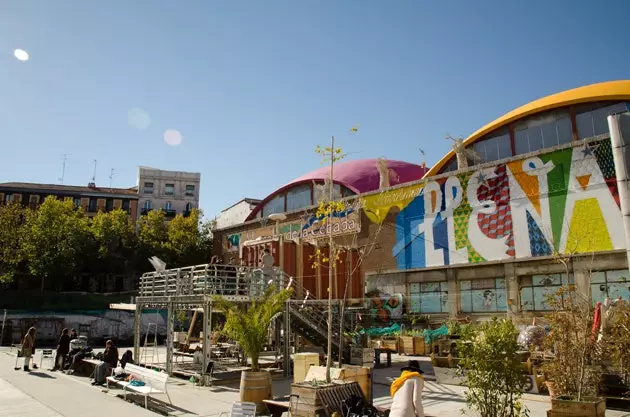
Urban garden of Campo de la Cebada in La Latina
**Up to 40 community gardens ** grow in different neighborhoods of Madrid. They are usually public spaces that were previously abandoned, now managed by neighborhood groups, environmental associations or schools . Basic notions of horticulture are taught and each participant contributes their grain of sand and enjoys the recovery of green spaces in the city.
“We have learned to be more neighbors” , we hear in this is a square , a community garden in the Lavapiés neighbourhood. On a day of work, the people who come share knowledge and relate to each other between pear trees, apple trees and medlar trees.
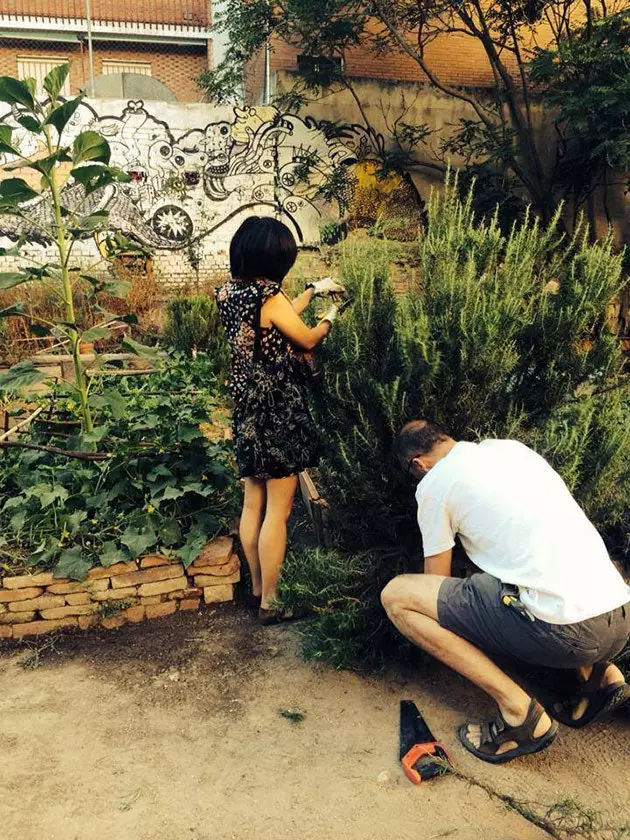
This is a Plaza is on a site temporarily ceded by the Madrid City Council
The garden of the Siglo XXI school transformed a vacant lot a few years ago ( where cars used to park ) in a place of education and responsible food production.
The teachers and families that make up the project insist that this place allows for a rapprochement between generations, "once in a while a grandfather visits us who wants to show his granddaughter the nature that he knew up close, or a grandmother with her three granddaughters who they come let's see how the carrots grow (the youngest will come back with her stuffed pink bunny for him to see and enjoy too).”
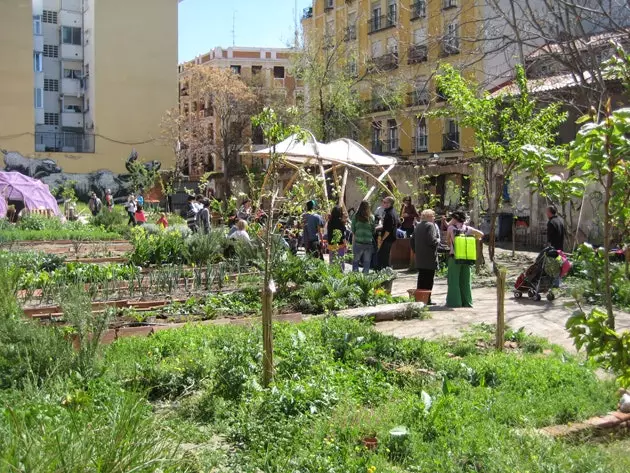
This is a Plaza in Lavapiés
The neighbors who make up ** El Tablao de la Compostura ** usually stay one or two Sundays a month to do days of garden work, "we took the opportunity to get to know each other, because the neighborhood of The tables it is quite impersonal. It is like a kind of open-air social center, and, what gives it more value, self-managed by the neighbors themselves”.
The purpose of the orchard Grama (action group for the environment) is to create "a space where citizens can come to make contact with nature and learn to cultivate without pesticides or chemical fertilizers".
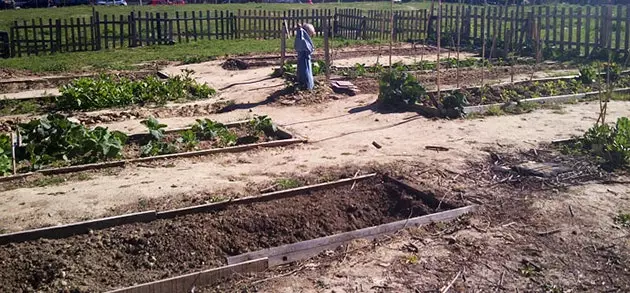
This is what the Huerto de la Quinta del Molino looked like in March 2014
The participants insist that there are still empty plots in the city and above all, “ many children who have never seen a tomato branch ”. Sometimes all that is needed is the initiative of the neighbors, as in the case of the ** Campo de la Cebada **, a site in front of the La Latina Metro exit where the neighborhood Sports Center stood until 2010, and on whose esplanade of cement, the neighbors began to organize activities and to **create cultivation tables)**.
And sometimes, it only takes the initiative of a neighbor, as in the Fifth of the Mill , where a few years ago a young man decided to convert a plot of land with uncontrolled discharges into an orchard. He filled the neighborhood with posters and little by little the neighbors joined. Participants explain that “ As soon as you collaborate you realize that it can be done. The model can be replicated anywhere”.
Follow @luciaretuerto
*** You may also be interested in...**
- Five novelties in Madrid to take off your hat
- How green are you, New York?
- Milan joins the urban garden trend
- Hotels with orchard, agrohipster hotels
- Three infallible summer to take to the garden
- 100 things about Madrid you should know
- 57 things that you will only understand if you are from Madrid
- Guide to Madrid
- Bookcrossing: let your books travel this summer
- Geocaching or treasure hunt in Barcelona
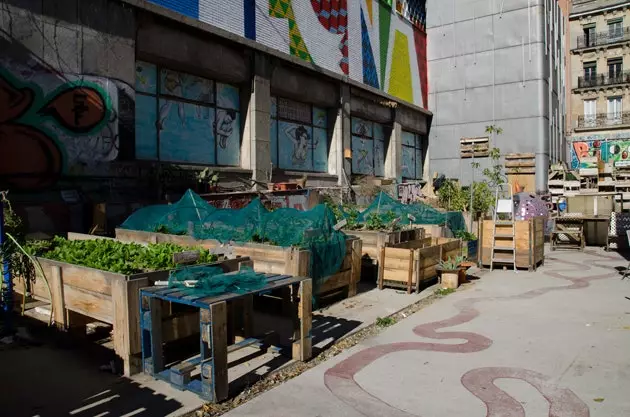
Campo de la Cebada, the orchard of La Latina
